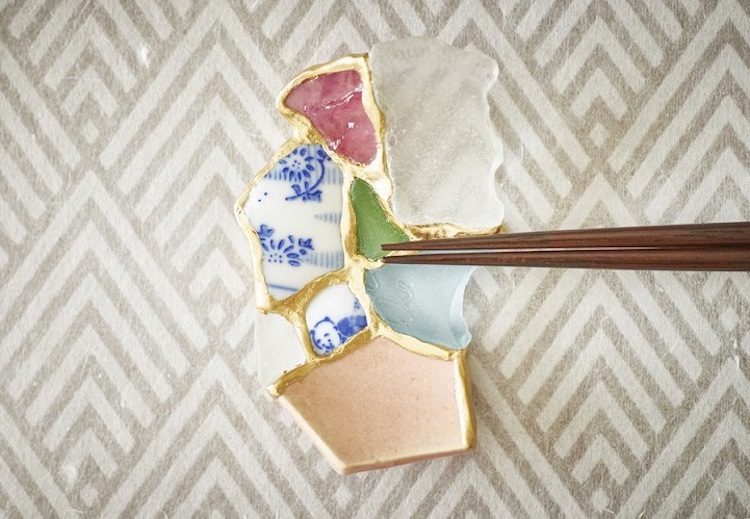Seven principles for changing your perception:
Kanso (簡素)
Simplicity or the elimination of clutter. The best things are expressed in a plain, simple, natural manner. Nothing extraneous, nothing frilly. This reminds us to think not in terms of decoration but in terms of clarity—a clarity that can be achieved through omission or exclusion of the non-essential.
Fukinsei (不均整)
Asymmetry or irregularity. The idea of controlling balance in a composition via irregularity and asymmetry is a central tenet of the Zen aesthetic. The enso (“Zen circle”) in brush painting, for example, is often drawn as an incomplete circle, symbolizing the imperfection that is part of existence. In graphic design too asymmetrical balance is a dynamic, beautiful thing. Try looking for (or creating) beauty in balanced asymmetry. Nature itself is full of beauty and harmonious relationships that are asymmetrical yet balanced. This is a dynamic beauty that attracts and engages.
Shibui/Shibumi (渋味)
Beautiful by being understated, or by being precisely what it was meant to be and not elaborated upon. Direct and simple way, without being flashy. Elegant simplicity, articulate brevity.The term is sometimes used today to describe something cool but beautifully minimalist, including technology and some consumer products. (Shibui literally means bitter tasting).
Shizen (自然)
Naturalness. Absence of pretense or artificiality, full creative intent unforced. Ironically, the spontaneous nature of the Japanese garden that the viewer perceives is not accidental. This is a reminder that design is not an accident, even when we are trying to create a natural-feeling environment. It is not a raw nature as such but one with more purpose and intention.
Yugen (幽玄)
Profundity or suggestion rather than revelation. A Japanese garden, for example, can be said to be a collection of subtleties and symbolic elements. Photographers and designers can surely think of many ways to visually imply more by not showing the whole, that is, showing more by showing less.
Datsuzoku (脱俗)
Freedom from habit or formula. Escape from daily routine or the ordinary. Unworldly. Transcending the conventional. This principles describes the feeling of surprise and a bit of amazement when one realizes they can have freedom from the conventional. Professor Tierney says that the Japanese garden itself, “…made with the raw materials of nature and its success in revealing the essence of natural things to us is an ultimate surprise. Many surprises await at almost every turn in a Japanese Garden.”
Seijaku (静寂)
Tranquility or an energized calm (quite), stillness, solitude. This is related to the feeling you may have when in a Japanese garden. The opposite feeling to one expressed by seijaku would be noise and disturbance. How might we bring a feeling of “active calm” and stillness to ephemeral designs outside the Zen arts?




